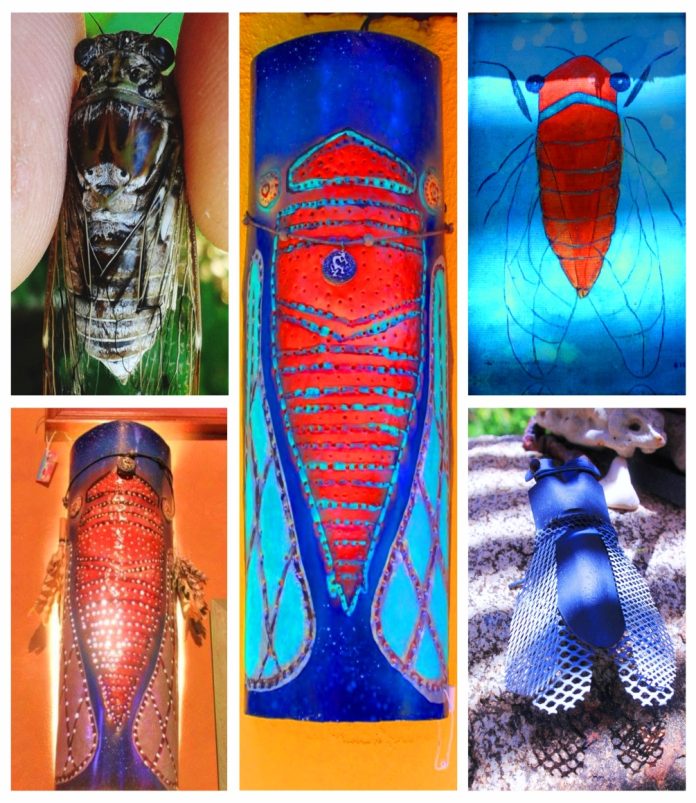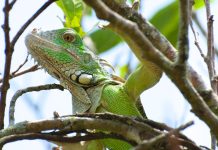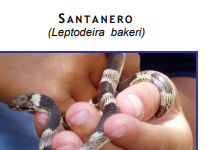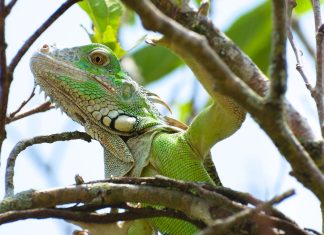Booking a magical glimpse inside Etnia Nativa
Article by Etnia Nativa call us 592 2702 and book your experience!
Etnia Nativa is the island’s unique native gem, where education is combined with entertainment, sharing interactive experiences with an exclusive few. Is your private opportunity to tour a beautiful property made with reused materials collected by its owner, a top columnist and Aruba’s cultural expert. Book your appointment and dive deep into the navel of the island.
In this weekly column, Etnia Nativa shares how human experience shapes our lives and culture, publishing topics on history, art, crafts, flora, fauna, island fables, celebrations, and much more that sustain our native traditions.
This new episode elaborates a bit more about our cicadas, locally known as Ye-ye, which personify rebirth and, through their song, according to belief, call for rain.
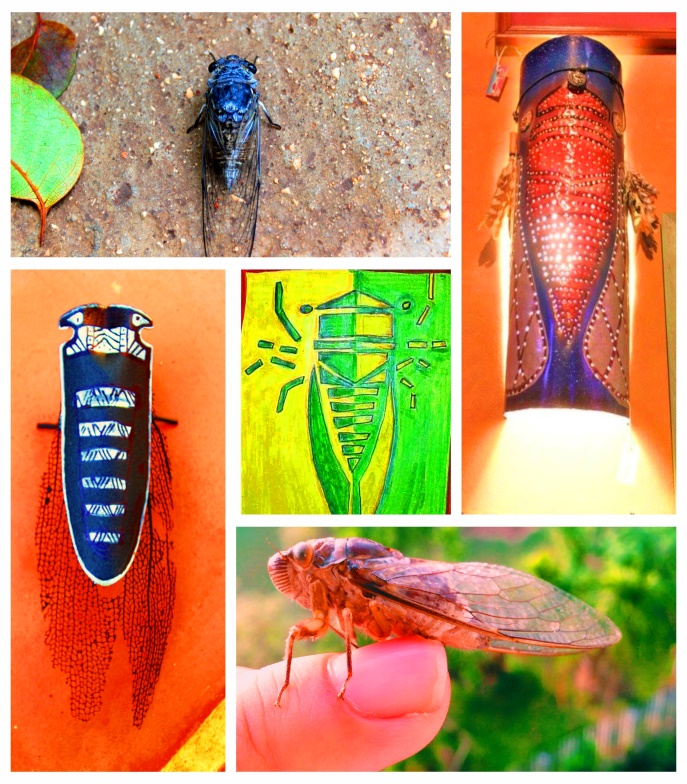
During these hot days of August, when you open a window to catch some fresh air, a screeching sound will surely catch your attention. What could be making that squeaky sound? Locals will tell you: There are ye-yes. It is also possible that at night you will see one of them hitting its head against a lamp as if it wants to get outside through the light bulb that it confuses with sunlight. Do not be alarmed; just turn off the light, and the “ye-ye” will find its way out.
The spiritual symbolism of cicadas relating generally to reincarnation is multifaceted and deeply rooted in Aruban psyche. They appear in much Native American folklore and ancient Greek literature. They were believed to bless the crops, bringing abundance, and usually appeared when the crops were ready for harvest. In some cases, these insects were ground into powder and used on wounded warriors, as they were thought to have healing powers. Our Hopi native brothers believed that their ancestor came out of the underworld in the form of an insect known as maahu, a cicada kachina, or spirit being. The humpbacked piper, also known as Kokopeli, is described as influenced by cicadas often depicted on Native American pottery found in the southwestern United States.
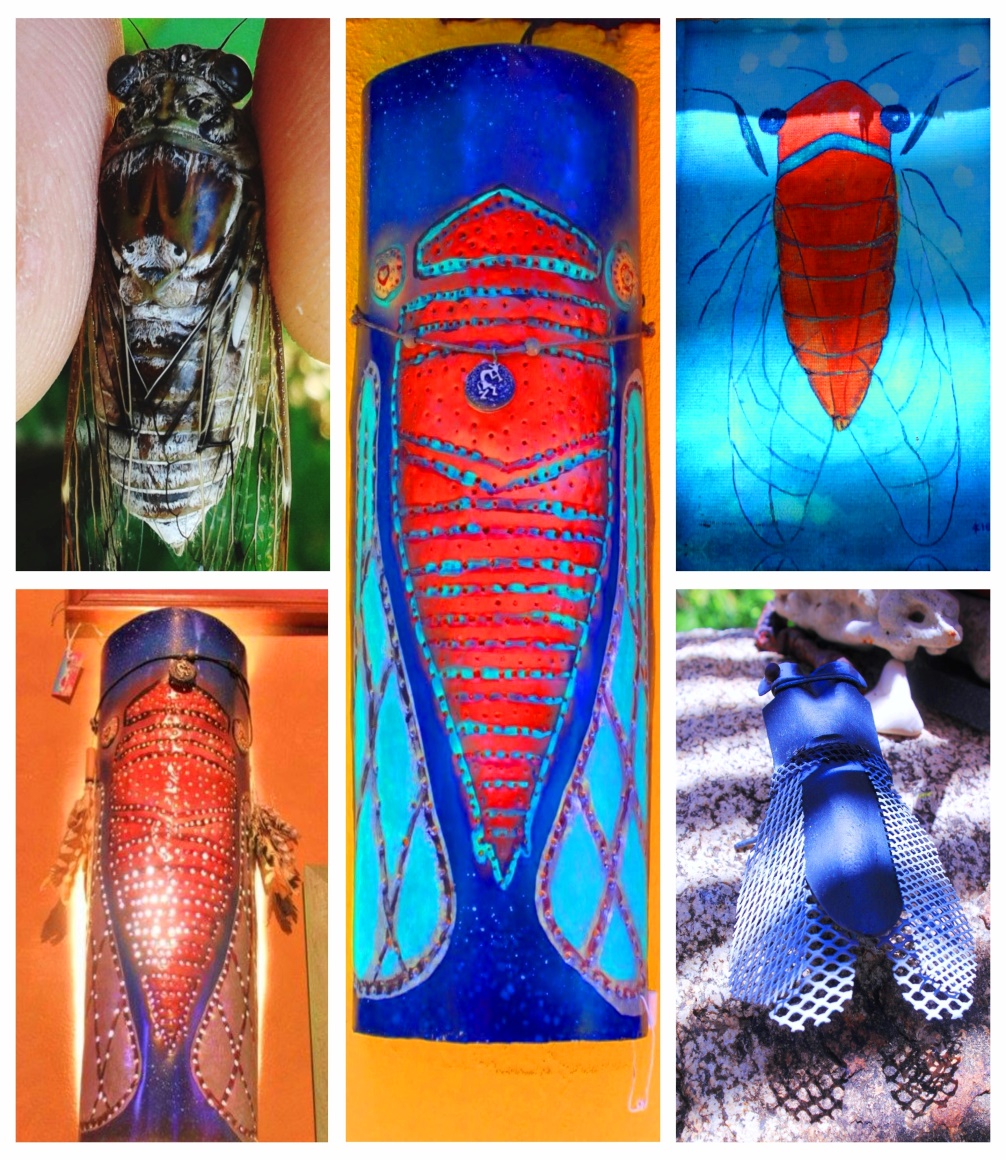
According to some sources, two cicadas, or maahu, in the Hopi language successfully led the Hopi people into the fourth world. Those two maahu played flutes—akin to the buzzing of cicadas—which miraculously healed their eyes and bodies when pierced by arrows shot by the eagles that guarded the entrance to the fourth world. Contemporary Etnia Nativa’s art shows traditional spirit beings comparable to pueblo katsinas of the yeyes to reinforce their roles as spiritual messengers of our native people.
Periodical cicadas remain in their nests underground between 13 and 17 years, while finally emerging to the surface, where they shed their exoskeletons. The males sing and mate while the females lay their eggs in branches. All this happens more or less within a lunar month period. Many cicadas are devoured, especially by mocking birds and anoles as delicacies; others die naturally since they do not live long after mating has been consummated. The larvas fall from the trees and dig themselves to nest underground during a long period of time. However, in Aruba, they appear every year during July and August because their life cycle or birth has never been interrupted, so always during this time we “enjoy” the appearance of the new brood of “Ye-ye.” That emerges after their long incubation phase.
Cicadas do not “sing” like crickets “stridulate” (see episode 220, “The Song of Cicada”). But they emit a strident sound in the highest branches of trees. The sound is generated through structures that are located at the base of the male`s abdomen, functioning as resonance boxes that are filled with air and emptied through timpani. It is curious that cicadas are deaf; therefore, the females are not attracted by the sound that we hear but by the vibration waves that resonate in their body (see episode 65, “The Aruban cicada”).
If you liked our native stories and are interested in learning the true identity of Aruba, a visit to Etnia Nativa would be a fantastic choice. It has been a trend setter since 1994, as a co-founder of projects such as Arikok National Park, the Archaeological Museum, and the Artisan Foundation, among others. Every week, this newspaper continues to share its valuable knowledge. Don’t miss the opportunity to feel the island’s spirit through learning real stories that are not just remembered; they resonate, they’re felt, and they stir souls. Book your visit: WhatsApp +297 592 2702 etnianativa03@gmail.com


